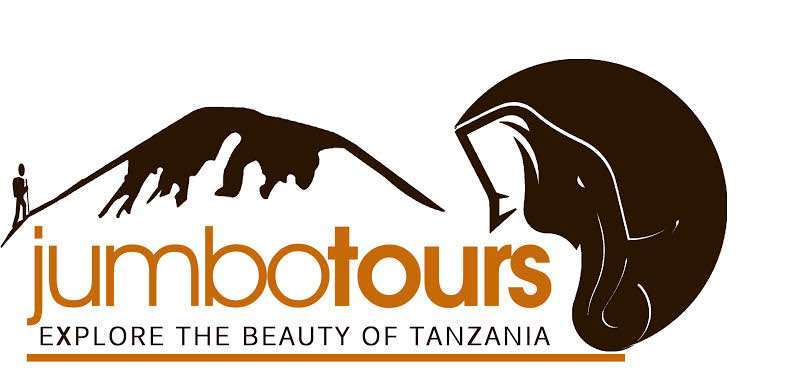Study Tour to Mount Kilimanjaro


Mount Kilimanjaro, towering majestically in Tanzania, is Africa’s highest peak and the world’s tallest freestanding mountain. This iconic stratovolcano rises to an impressive 19,341 feet (5,895 meters) above sea level and is characterized by its three volcanic cones: Kibo, Mawenzi, and Shira. Kilimanjaro’s snow-capped summit, often shrouded in clouds, captivates trekkers and climbers who embark on the challenging journey to reach Uhuru Peak, the highest point on Kibo’s crater rim. The mountain is a UNESCO World Heritage Site and beckons adventurers with its diverse ecosystems, encompassing lush rainforests, alpine meadows, and otherworldly glaciers. Its popularity stems not only from its breathtaking vistas but also from the accessible routes that allow both seasoned mountaineers and novice hikers to experience the awe-inspiring beauty of this African giant.
Beyond its scenic allure, Mount Kilimanjaro holds educational significance with its geological and environmental features. The mountain’s formation is intricately linked to the tectonic forces that shape the Earth’s crust, as it emerged from volcanic activity associated with the East African Rift. Kilimanjaro’s glaciers, though receding due to climate change, provide a unique opportunity for studying glaciology and climate patterns. Additionally, the diverse flora and fauna found on its slopes contribute to ecological research, showcasing the impact of altitude on biodiversity and serving as a living laboratory for studying the effects of climate change on high-altitude ecosystems. Researchers and educators alike are drawn to Kilimanjaro for its lessons in geology, climate science, and biology, making it an invaluable outdoor classroom.
Moreover, Kilimanjaro is a beacon for cultural studies, as the Chaga people, who inhabit its foothills, have a rich history intertwined with the mountain. The indigenous communities offer insights into sustainable practices and adaptations to the mountainous environment. Additionally, Kilimanjaro serves as an outdoor classroom for studies in altitude physiology, as the ascent through various ecological zones provides a natural laboratory for understanding the human body’s responses to changing environmental conditions. These educational facets underscore Mount Kilimanjaro’s multifaceted role, not only as a natural wonder but also as a valuable resource for learning across disciplines.
Mount Kilimanjaro can delve into the stratovolcano’s fascinating geological history, studying the layers of lava and ash deposits that have built up over millennia. The diverse rock formations encountered during the ascent offer a hands-on opportunity to analyze volcanic processes, providing insights into the mountain’s dynamic geological evolution. Additionally, examining the impact of weathering and erosion on Kilimanjaro’s slopes allows students to witness the forces that shape Earth’s topography and gain practical experience in geological fieldwork.
Summary of the 10-Day Mount Kilimanjaro Climb via Lemosho Route
Day 1: Arrival Day
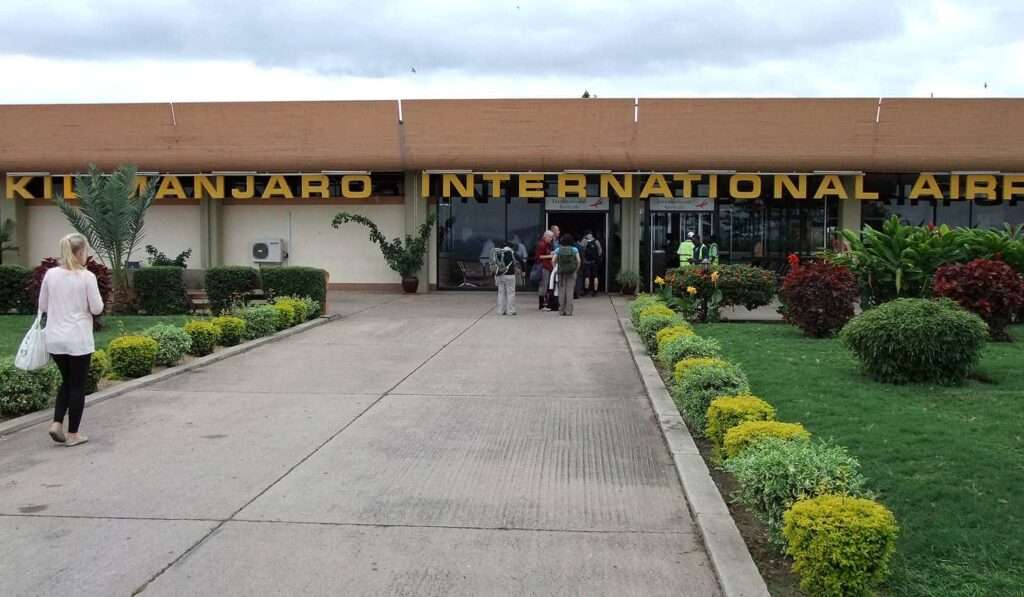
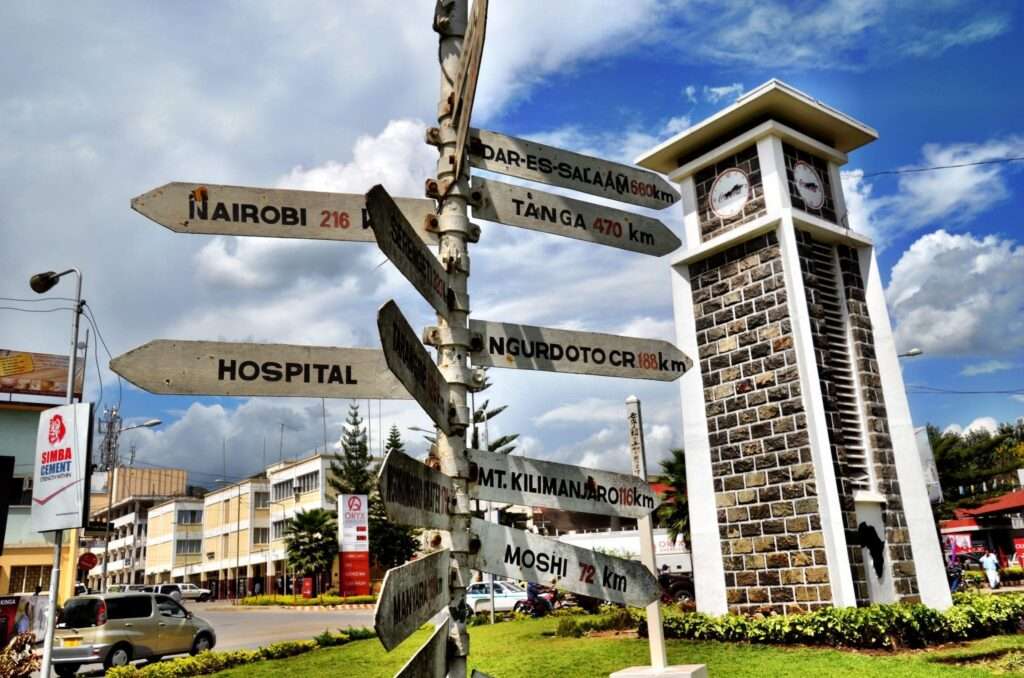
Arrival at Kilimanjaro International Airport. After arrival, there is a pre-arranged transfer to the town of Arusha, which serves as one of the common bases for Kilimanjaro treks. Upon reaching Arusha, students receive a warm welcome from the trekking company and guides. An initial briefing may take place to provide essential information about the upcoming trek, including itinerary details, safety procedures, and equipment checks.
This could be a hotel or a lodge, depending on the trekking package. Given the potential effects of jet lag and the need for physical preparation, the rest of the day is often designated for rest and relaxation. Students will have free time to explore Arusha, rest at the accommodation, or take part in optional activities. Depending on the trekking company’s policies, there will be an equipment check to ensure that participants have all the necessary gear for the trek. Any missing or inadequate equipment can be addressed in Arusha before the trek officially begins.
Some students may choose to explore Arusha further or participate in optional pre-trek activities, such as cultural tours or visits to nearby attractions. In the evening, students will come together for a group dinner. This provides an opportunity for participants to get to know each other, ask last-minute questions, and foster a sense of camaraderie. As trekking often begins early in the morning on Day 2, students are encouraged to get a good night’s sleep to ensure they are well-rested for the start of the trek. Day 1 serves as an orientation day, allowing students to acclimate to the new environment, gather information, and prepare for the adventure ahead.
Students can expect the air in Arusha to be infused with excitement and anticipation, as the vibrant local culture and the looming presence of Mount Kilimanjaro set the stage for the adventure ahead. The evening group dinner not only provides a chance for logistical discussions but also marks the beginning of the trekkers’ collective journey, fostering a shared sense of determination and camaraderie that will accompany them throughout the expedition.
Day 2: Lemosho Gate to Mti Mkubwa Camp (Big Tree Camp)
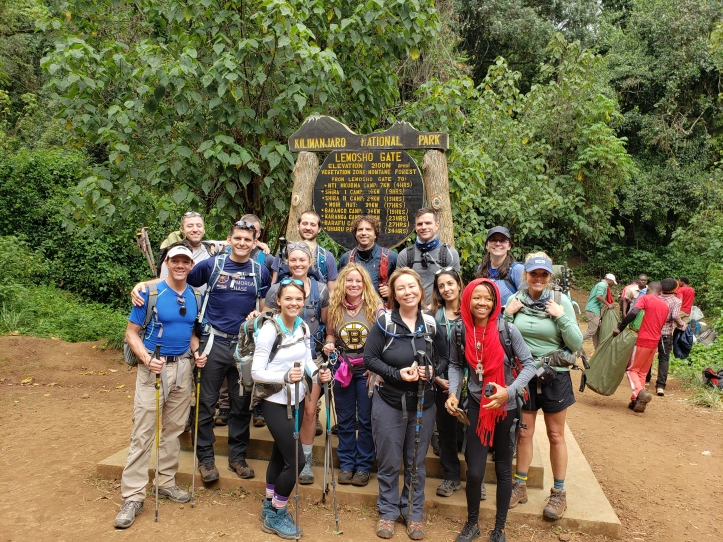

On Day 2, students can expect a captivating journey through Kilimanjaro’s rainforest, where the trail is enveloped in a symphony of vibrant flora and fauna. Towering trees and a diverse range of plant species create a lush, green canopy overhead, providing a unique opportunity for students to immerse themselves in the natural beauty of the region.
Throughout the trek, students will catch glimpses of various bird species, their melodic calls adding to the enchanting atmosphere of the rainforest. The forest floor, adorned with ferns and other underbrush, reveals the intricate ecosystem that thrives at this lower altitude. As trekkers ascend, the air becomes filled with the fresh scents of the forest, creating an immersive sensory experience. This leg of the journey offers not only a physical challenge but also a chance for students to engage with the unique sights and sounds of Kilimanjaro’s diverse ecology.
Upon reaching Mti Mkubwa Camp, students can expect to be surrounded by the towering trees that give the camp its name. The campsite provides a serene setting for rest and relaxation, with the sounds of the forest serving as a natural lullaby. The evening will present opportunities for stargazing, offering a glimpse into the vast African night sky.
Guides will share insights into the local flora and fauna, fostering an appreciation for the delicate balance of the rainforest ecosystem. This day serves not only as a physical introduction to the trek but also as an invitation for students to connect with the natural wonders that characterize Kilimanjaro’s lower altitudes.
As students rest amidst the verdant surroundings of Mti Mkubwa Camp, they can anticipate a sense of tranquility under the towering trees. The campsite’s ambiance, coupled with the guidance of experienced trek leaders, sets the stage for an immersive learning experience, fostering an appreciation for the delicate interplay between nature and the challenges of high-altitude trekking on Kilimanjaro.
Day 3: Mti Mkubwa Camp(Big Tree Camp)to Shira 1 Camp
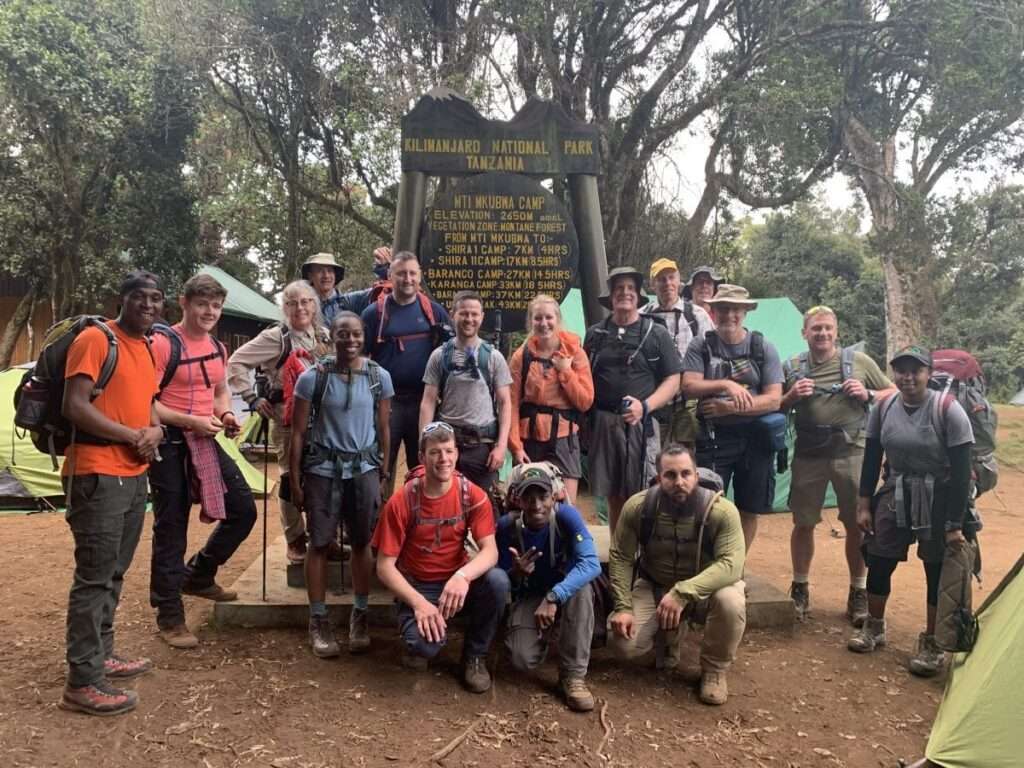
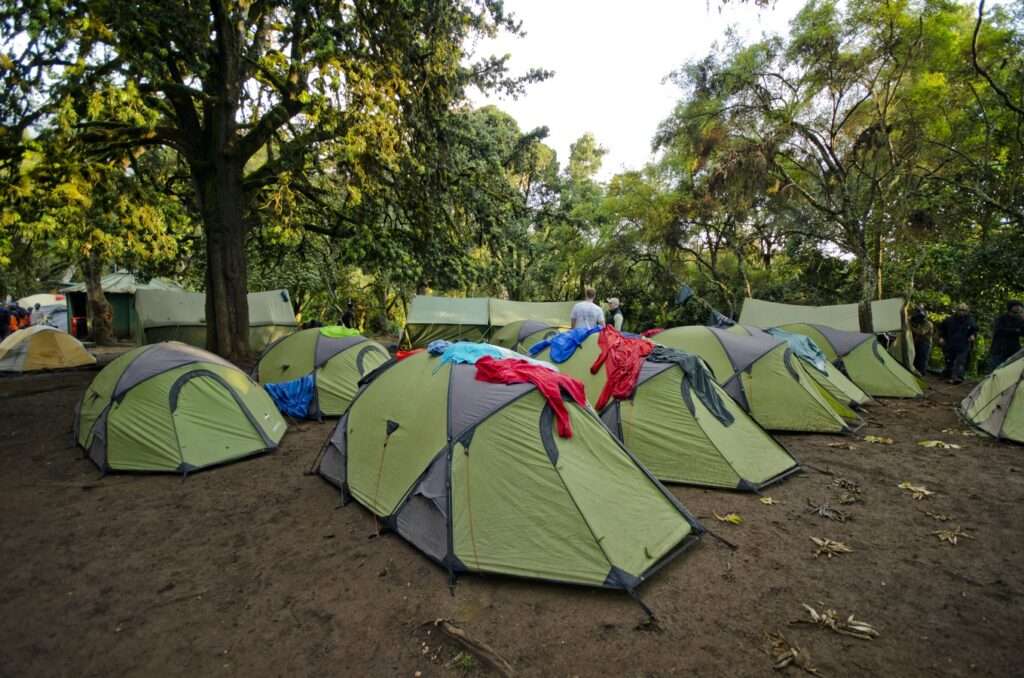
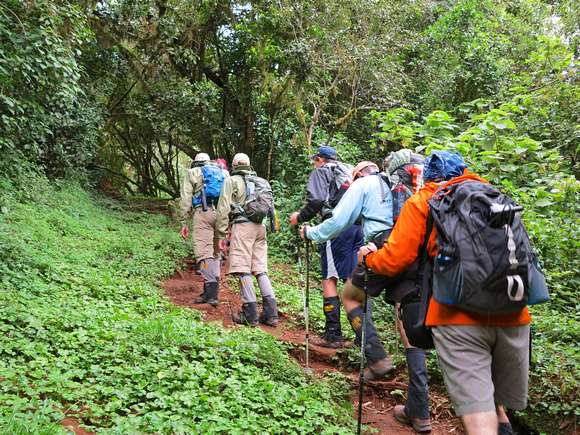
On Day 3 of the trek from Mti Mkubwa Camp to Shira 1 Camp, students can expect a dynamic journey filled with diverse natural landscapes. As they leave the rainforest behind, the trail exposes them to a variety of vegetation, from the lush greenery of the rainforest to the more open and arid expanses of the Shira Plateau.
Throughout the day, students might encounter unique plant species adapted to different altitudes. Guides could provide interesting insights into the flora, explaining how these plants have evolved to thrive in varying environmental conditions. This educational aspect enhances the trekking experience, turning it into an immersive lesson in ecology and adaptation.
The transition from Mti Mkubwa Camp to Shira 1 Camp also brings about changes in the terrain, showcasing the geological diversity of Mount Kilimanjaro. Students will observe shifts in rock formations and the overall topography, gaining a deeper appreciation for the mountain’s geological history.
As the day progresses, the elevation gain becomes more noticeable, and students will feel the effects of the changing altitude. This serves as a practical lesson in the physiological challenges associated with high-altitude trekking. Guides will use this opportunity to discuss the importance of acclimatization, hydration, and other health considerations at higher elevations.
In terms of views, students can anticipate breathtaking panoramas, including the possibility of glimpses of Mount Meru, the surrounding landscape, and the vastness of the Shira Plateau. Clear weather conditions might allow for stunning vistas, providing memorable moments for the participants.
Moreover, students may have the chance to witness the fascinating interplay of sunlight and shadows on the diverse terrain, creating ever-changing patterns that accentuate the mountain’s natural beauty. As they navigate through this ecological and geological tapestry, students will gain a firsthand appreciation for the intricate balance of nature in high-altitude environments.
Additionally, the trek provides students with a unique opportunity to observe the local fauna, such as indigenous bird species and small mammals adapted to the mountain’s various zones. Engaging with the diverse ecosystems not only enriches the trekking experience but also encourages a broader understanding of the interconnected web of life thriving on Mount Kilimanjaro.
Overall, Day 3 offers students not only a physical adventure but also an educational journey through different ecosystems and altitudes. It’s an opportunity to connect classroom knowledge with real-world experiences, fostering a deeper understanding of ecology, geology, and the impact of altitude on the human body.
Day 4: Shira 1 to Shira 2 Camp
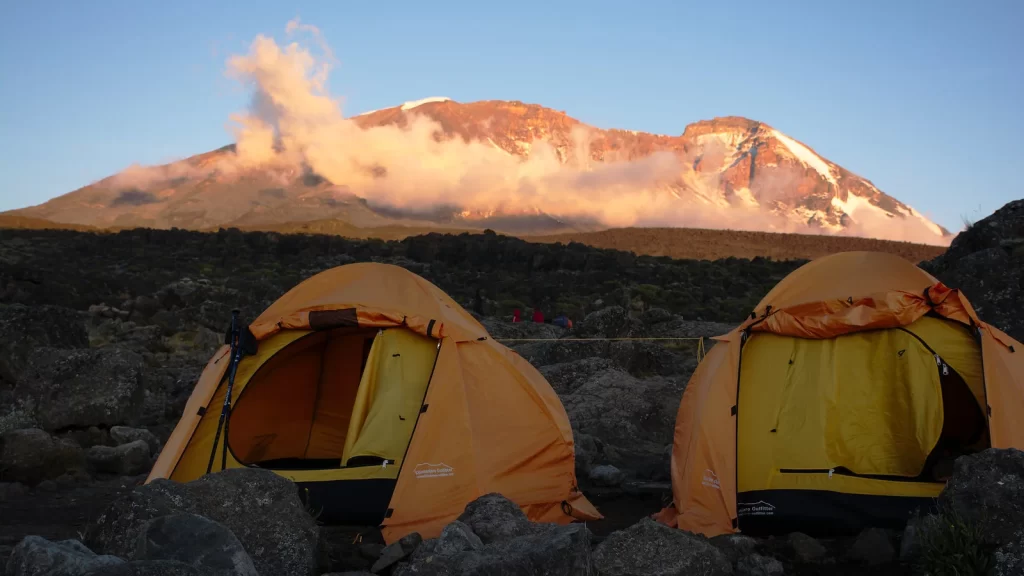
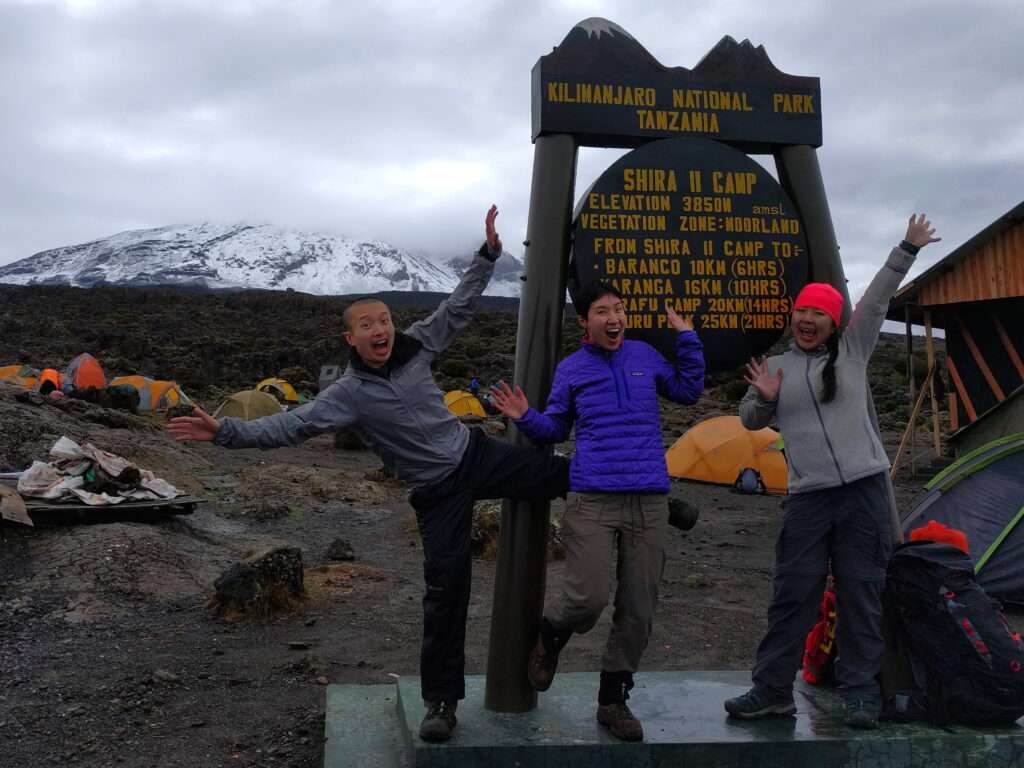
As students trek from Shira 1 to Shira 2 Camp, they can anticipate encountering a variety of educational and experiential elements: The day’s journey offers students the chance to witness the unique and otherworldly landscape of the Shira Plateau, resembling a lunar surface. Guides may provide insights into the geological formations and processes that have contributed to the distinctive features of the plateau, fostering an understanding of the region’s natural history. As the elevation increases, students may observe changes in vegetation and climate, providing an opportunity for discussions on the effects of altitude on ecosystems. Guides might share information about the flora and fauna adapted to high-altitude environments, encouraging students to appreciate the resilience of life in such challenging conditions.
The trek’s panoramic views of surrounding mountains provide a visual lesson in the geography of the region, offering students a chance to identify prominent peaks and understand the interconnectedness of various mountainous landscapes. Throughout the day, guides may discuss the principles of acclimatization, emphasizing the physiological changes the body undergoes at higher altitudes. This educational component contributes to students’ understanding of human biology and adaptation in extreme environments.
Arriving at Shira 2 Camp, students can engage in practical lessons related to camping and survival skills. Setting up camp at higher elevations involves considerations such as weather, terrain, and Leave No Trace principles. Students may learn about the importance of responsible trekking practices and minimizing environmental impact. Evening briefings from guides can include information on local culture, history, and mountaineering traditions, offering students a holistic perspective on the region. This cultural immersion provides a valuable educational experience, enhancing students’ global awareness and appreciation for diverse landscapes and communities.
In summary, the trek from Shira 1 to Shira 2 Camp not only offers physical challenges and breathtaking scenery but also serves as a dynamic classroom where students can learn about geology, biology, ecology, camping skills, and cultural aspects relevant to the trekking region.
Day 5: Shira 2 to Barranco Camp
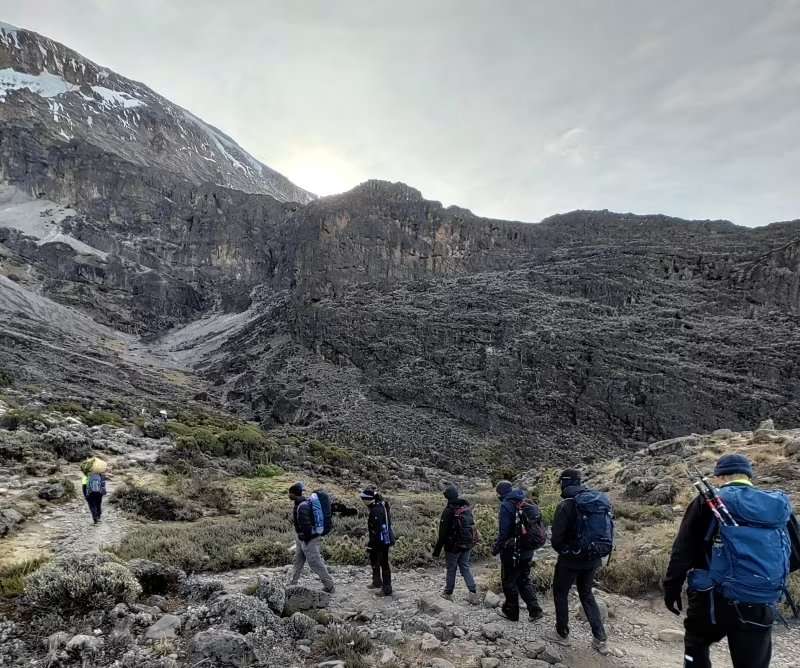
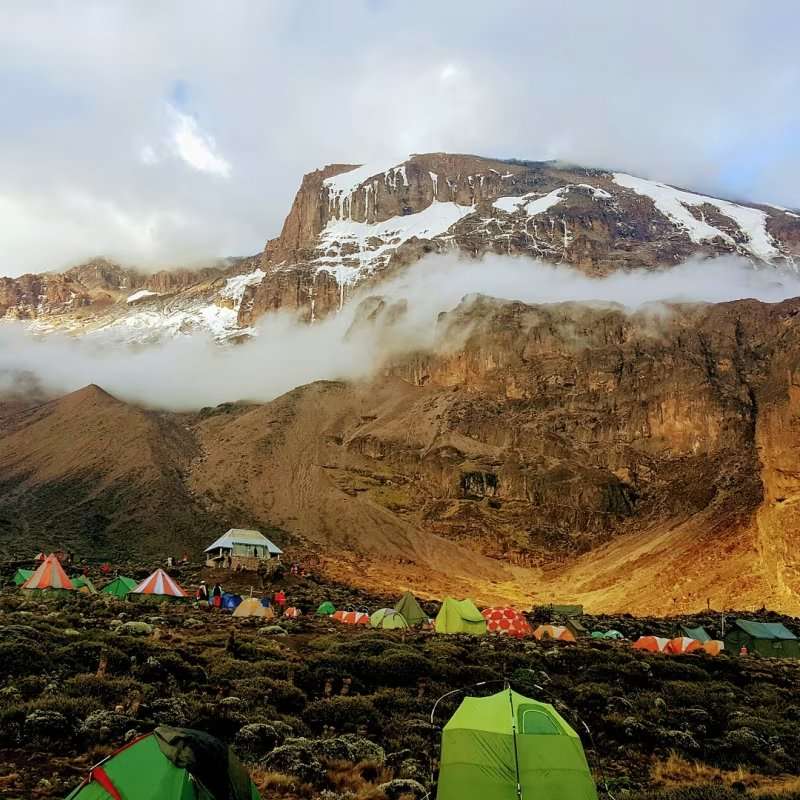
During the descent from Shira 2 camp, students can observe the changing altitude and its effects on vegetation. They will learn about the adaptations of flora to high-altitude environments and the principles of acclimatization. As they traverse the Shira Plateau, students have the opportunity to witness unique geological features, fostering an understanding of how diverse landscapes evolve.
Lunch on the trail provides a chance for students to discuss the day’s experiences and learn from guides about the local ecology and geological formations. The Senecio forests and giant groundsels offer insights into the region’s biodiversity, with guides providing information on the specific plant species and their ecological roles.
As the group approaches the Barranco Wall, students can engage in discussions on the geological forces that shaped the landscape. Guides will share information on the Wall’s formation and its significance in the region’s geological history. Arriving at Barranco Camp, students will participate in educational sessions on high-altitude camping and safety procedures. They can learn about the challenges of camping at increasing altitudes and the importance of proper acclimatization.
Preparations for the ascent of the Barranco Wall involve lessons on basic mountaineering techniques, emphasizing the importance of teamwork and communication. Students will receive guidance on using hands for balance during the ascent, gaining practical skills in a high-altitude setting. Evening discussions at Barranco Camp can revolve around the cultural and historical aspects of the region, offering students a holistic understanding of the trek’s significance. Stargazing sessions can provide insights into astronomy, taking advantage of the high-altitude location with minimal light pollution.
Additionally, students will engage in discussions with local guides about the cultural significance of the trekking route, gaining insights into the traditions and stories passed down through generations. The diverse ecosystems encountered during the day provide a living classroom for students, fostering a deep appreciation for the delicate balance of nature in high-altitude environments and the importance of sustainable trekking practices.
Overall, Day 5 offers students a rich educational experience, combining lessons in ecology, geology, mountaineering, and cultural awareness in the unique context of a high-altitude trek.
Day 6: Barranco Camp to Karanga Camp
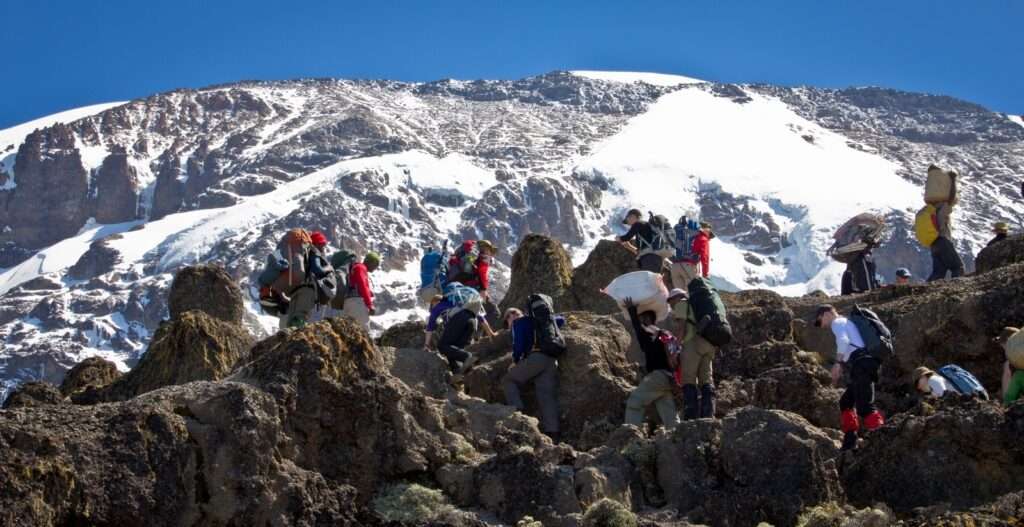
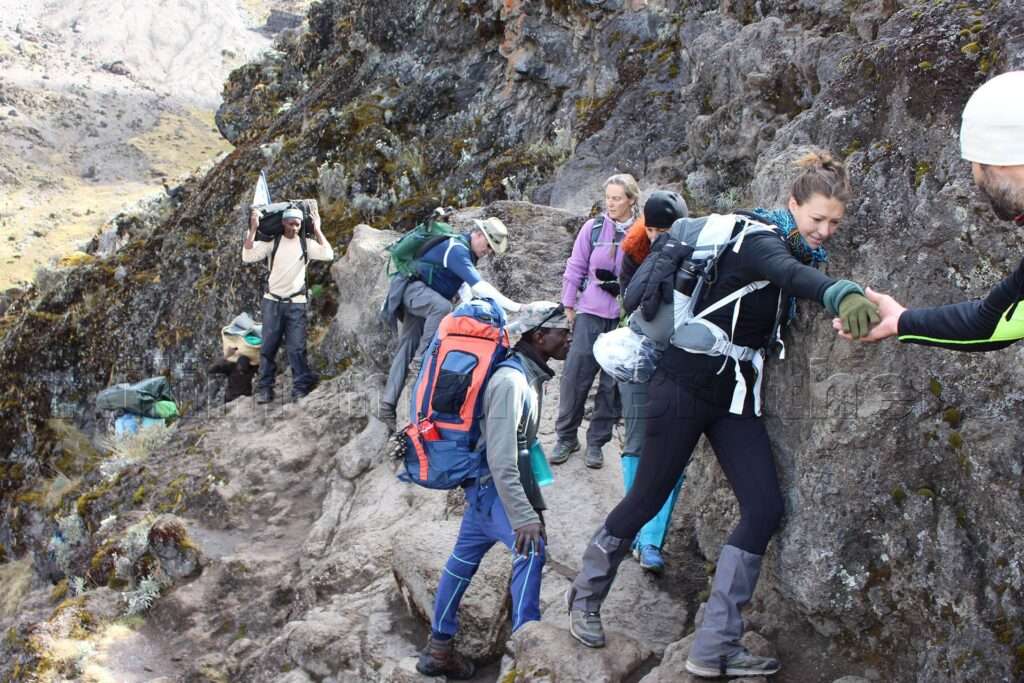
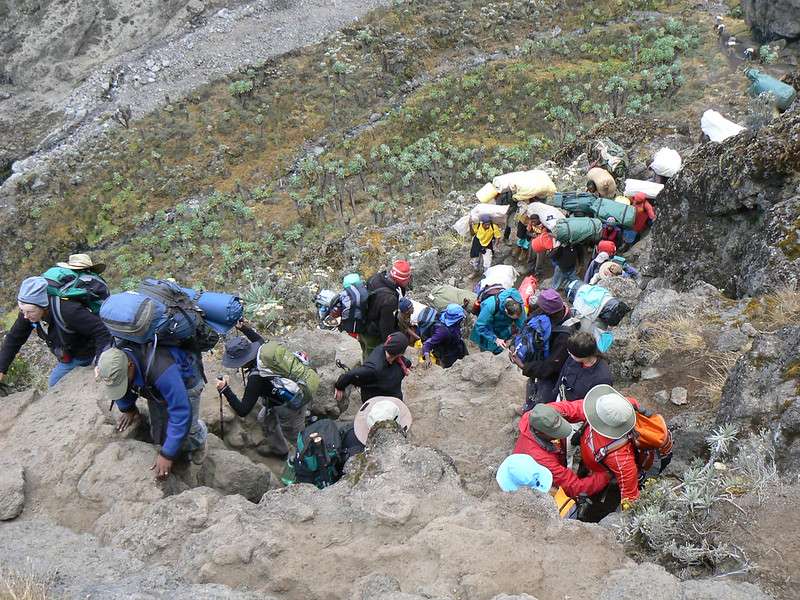
The trek from Barranco Camp to Karanga Camp is a dynamic journey that exposes students to various aspects of high-altitude mountaineering and natural landscapes. As they ascend the Barranco Wall, the students engage in a hands-on experience, navigating unique geological formations that showcase the forces that have shaped this rugged terrain. This section of the trek imparts fundamental mountaineering skills, requiring the use of hands for balance and support, fostering a sense of accomplishment as students conquer the challenging landscape.
Amidst the rocky ascents, students also witness shifts in vegetation and climate, providing an opportunity to observe and understand the diverse flora adapted to the high-altitude environment. Guides share insights into the delicate ecosystems of these regions, instilling a sense of environmental awareness and the importance of responsible trekking practices.
Strategically positioned for acclimatization, Karanga Camp becomes a practical classroom for students to grasp the physiological effects of altitude. The slow transition through different elevations not only serves as a lesson in acclimatization principles but also allows students to appreciate the fragile balance of high-altitude environments.
As students progress, the trek fosters a sense of teamwork and leadership, particularly during challenging sections like the Barranco Wall. Collaborative efforts and effective communication become essential in overcoming obstacles, reinforcing the values of teamwork. Interactions with guides and fellow trekkers provide cultural insights, offering students a deeper understanding of local traditions and the significance of the mountain in the region’s culture and history.
The journey is not only a physical adventure but also an exploration of meteorology as students observe changes in weather conditions at different altitudes. This firsthand experience contributes to a broader understanding of environmental science, connecting theoretical concepts with real-world observations.
On a personal level, the trek encourages resilience and determination. Overcoming physical and mental challenges fosters a sense of accomplishment, pushing students to discover their capabilities and build personal resilience. The trek from Barranco Camp to Karanga Camp, therefore, emerges as a holistic educational experience, blending adventure with lessons in science, culture, and personal development.
Day 7: Karanga Camp to Barafu Camp
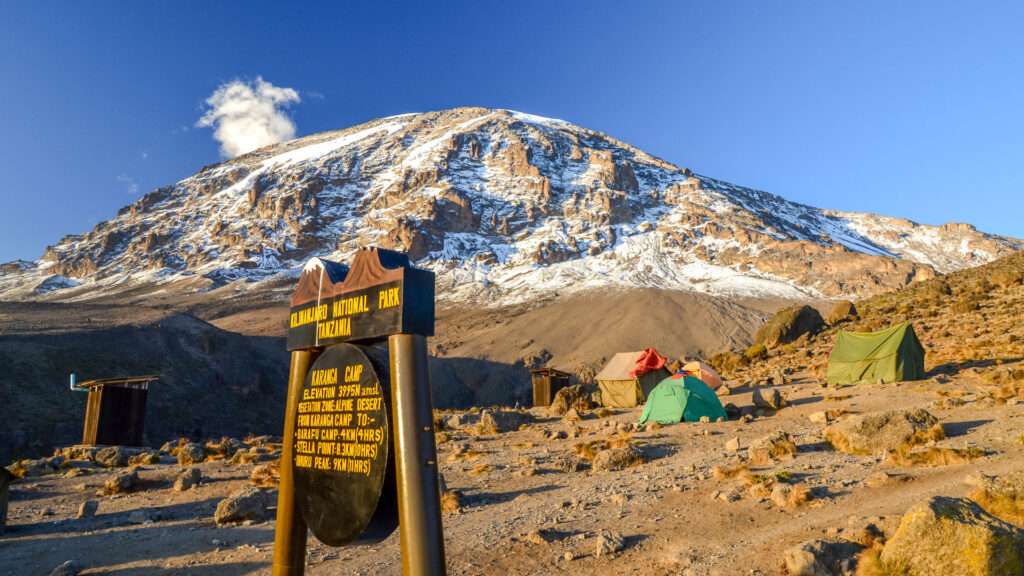
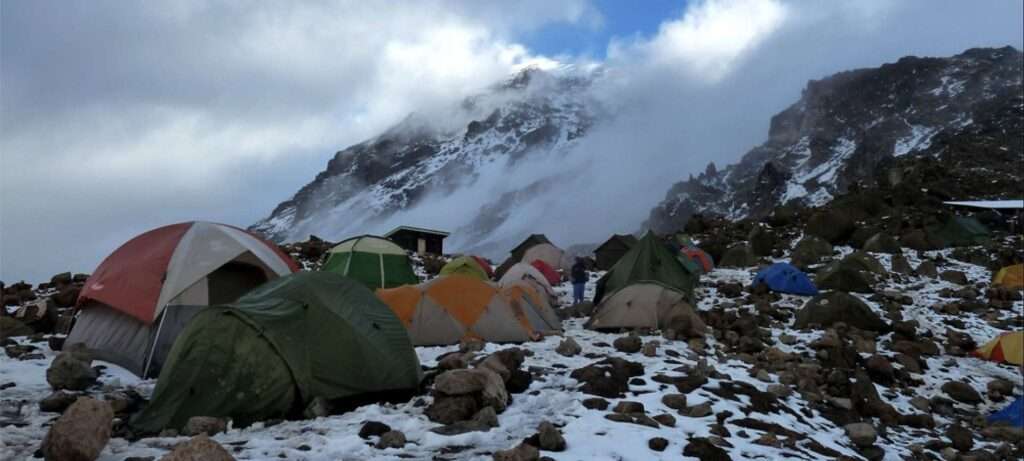
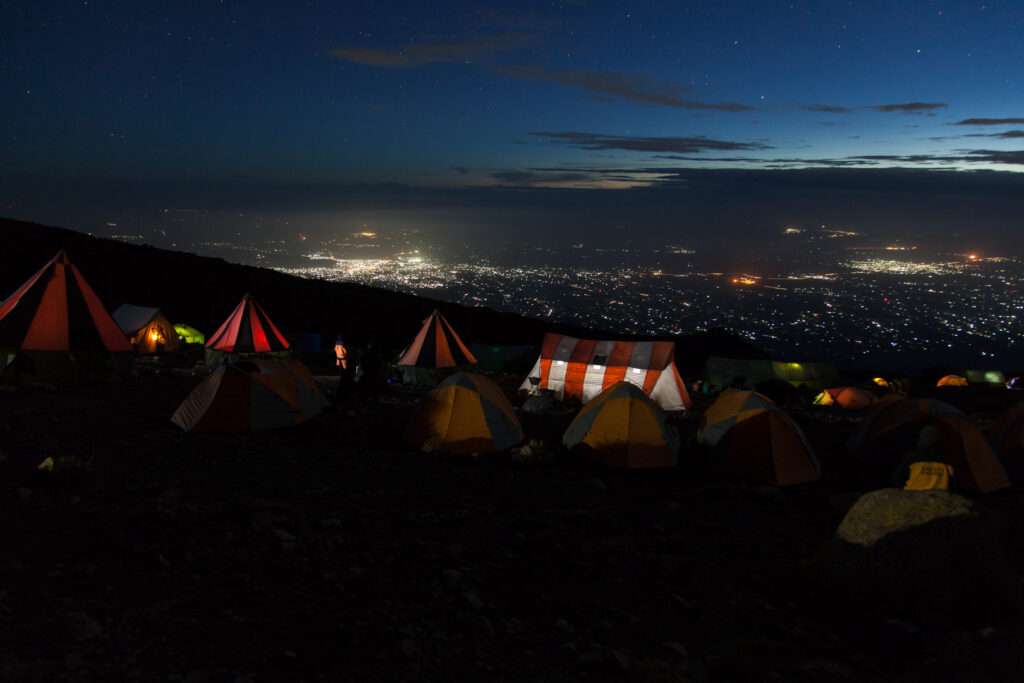
On the sixth day of our Mount Kilimanjaro expedition, students embark on a journey filled with geological wonders, ecological diversity, cultural insights, and practical lessons that deepen their understanding of this iconic natural landmark. As we leave Karanga Camp and traverse the junction connecting with the Mweka Trail, our attention is drawn to the geological marvels that define Mount Kilimanjaro. Guides provide a captivating narrative on the volcanic origins of the mountain, unveiling specific rock formations that bear witness to the forces of nature shaping the landscape over millions of years. This hands-on lesson in earth sciences adds a layer of comprehension to the physical features encountered on our ascent. The ecological tapestry unfolds as we ascend through various vegetation zones, from the lush rainforest to the arid alpine desert.
Guides highlight the unique adaptations of plants to the altitude and climate, emphasizing the fragility of the ecosystems present on the mountain. This exploration fosters an appreciation for the delicate balance of nature and the urgent need for conservation efforts to preserve these environments. Cultural enrichment awaits as we engage in conversations with local guides and porters. Learning about the traditions of the Chagga people and the symbiotic relationship between the local communities and the mountain provides valuable insights. This cultural exchange fosters cross-cultural understanding and appreciation, creating a meaningful connection between students and the people who call the Kilimanjaro region home.
Reaching Barafu Camp, a pivotal moment in our journey, affords panoramic views of the summit from different angles. Guides delve into the geological history of the peaks, explaining the significance of the Uhuru Peak on Kibo and the distinctive formations of Mawenzi. This knowledge enhances students’ appreciation for the colossal forces that have shaped Mount Kilimanjaro into the iconic landmark it is today. Barafu Camp offer practical lessons in high-altitude trekking. Students witness the meticulous logistics involved, from acclimatization to hydration and nutrition. Active participation in these discussions prepares them for the physical and mental challenges of the impending summit day. The identification of the prominent peaks, Mawenzi and Kibo, adds a historical dimension to the students’ understanding. Guides provide information on climbing routes and the historical significance of successful ascents, enriching the narrative of Mount Kilimanjaro’s exploration.
Finally, the journey prompts a crucial conversation about the visible effects of climate change on Kilimanjaro, such as receding glaciers and changing weather patterns. This discussion underscores the global implications of climate change and emphasizes the role of responsible tourism and conservation in preserving natural wonders like Kilimanjaro for future generations. Incorporating geological, ecological, cultural, and practical elements, Day 7 on Mount Kilimanjaro offers students a comprehensive and enriching educational experience. This exploration not only deepens their connection with the mountain but also instills a sense of responsibility towards its preservation and the broader global environment.
Day 8: Barafu Camp to Uhuru Peak and Mweka Camp
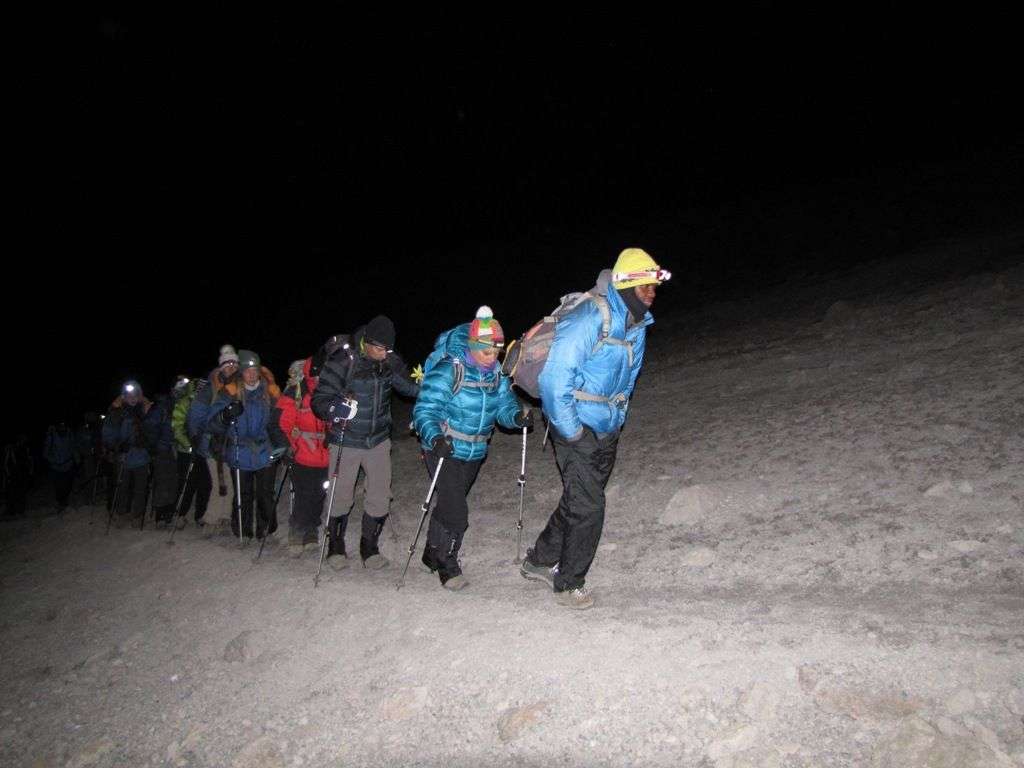
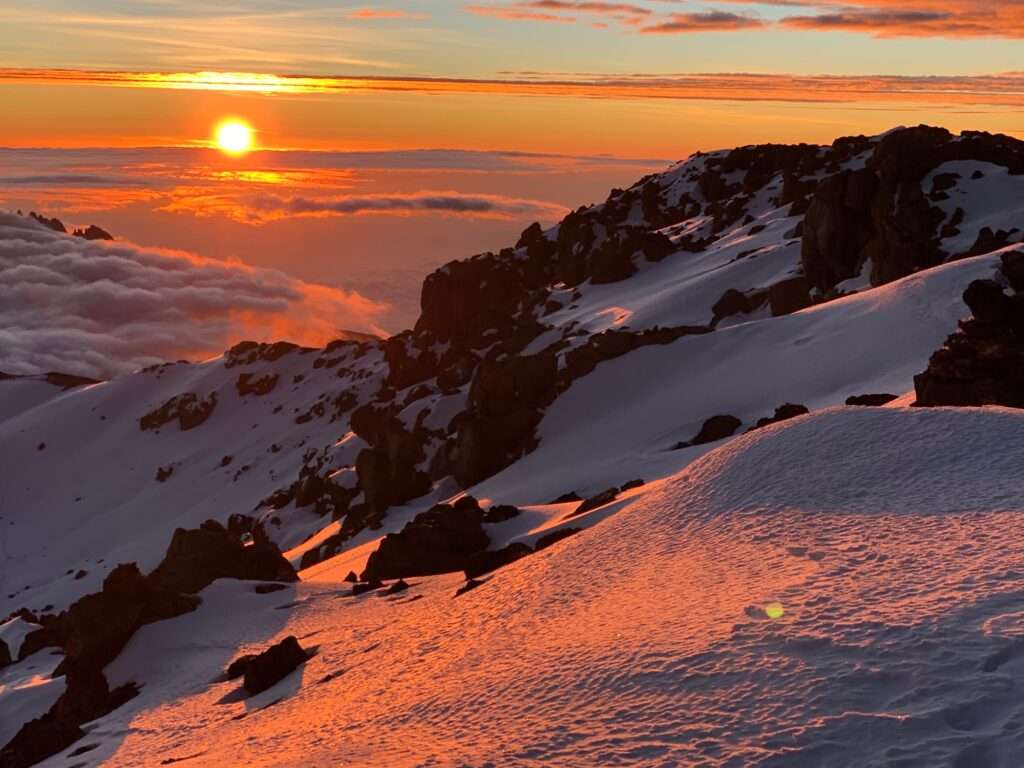
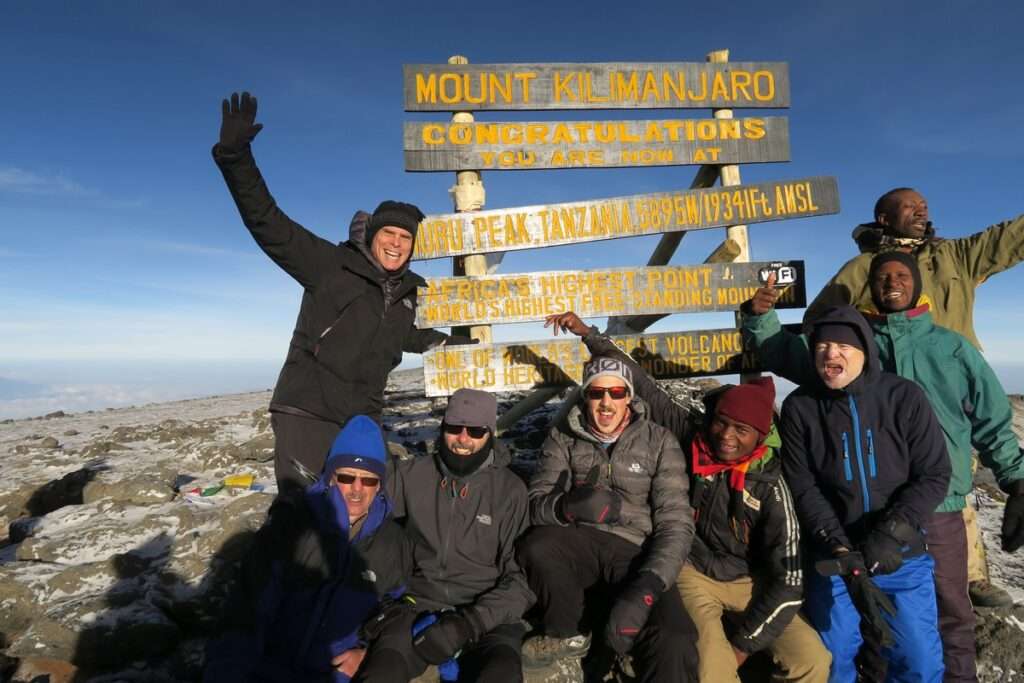
On the eighth day of the Kilimanjaro climb, participants, particularly students, are immersed in a profound learning experience. The summit attempt to Uhuru Peak serves as a culmination of the physical and mental challenges faced throughout the journey. As students navigate the steep and demanding ascent in the darkness, they learn about perseverance, resilience, and the importance of pushing beyond perceived limits to achieve their goals. The summit push provides an opportunity for students to witness the beauty of a sunrise at high altitudes, fostering an appreciation for nature and the importance of preserving such unique environments.
As students stand on Uhuru Peak, the highest point on Mount Kilimanjaro, they absorb not only the breathtaking views but also lessons in goal-setting and determination. The tangible achievement of reaching the summit instills in them a sense of accomplishment that transcends the physical climb, serving as a metaphor for setting and attaining ambitious life goals. This experience fosters a mindset of resilience and the belief that challenges, no matter how daunting, can be overcome with perseverance and a focused effort. The descent back to Barafu Camp and further to Mweka Camp contributes to the learning experience. Students gain insights into the impact of altitude on the body, as they transition from the thin air at the summit to the thicker air at lower elevations. This practical understanding of altitude effects and acclimatization is a valuable lesson that can be applied to various situations in life.
The descent to Mweka Camp deepens the educational impact, providing students with a firsthand understanding of the importance of pacing oneself during both ascent and descent. Navigating varied terrains, from rocky slopes to the flourishing rainforest, teaches adaptability and reinforces the idea that success often involves adjusting strategies according to changing circumstances. The descent also emphasizes the cyclic nature of challenges and accomplishments, reinforcing the notion that personal growth is an ongoing process.
The changing landscapes during the descent, from the rocky slopes to the lush rainforest, offer students a visual representation of the diverse ecosystems on Kilimanjaro. This fosters an appreciation for environmental diversity and the need for conservation efforts. Interactions with local guides and staff also provide cultural insights, promoting cross-cultural understanding and respect. The summit day is a testament to the significance of teamwork and mutual support. As students navigate challenging terrain, they learn to rely on each other, fostering a sense of camaraderie and shared achievement. The celebration at Mweka Camp serves as a platform for reflection, where students can recognize and appreciate their personal growth, newfound strengths, and the collective success of the group.
In summary, the eighth day of the Kilimanjaro climb is a transformative educational experience for students. It teaches them about physical and mental resilience, the effects of altitude, the importance of environmental conservation, and the value of teamwork. These lessons extend beyond the mountain, providing students with a deeper understanding of themselves, their peers, and the world around them.
Day 9: Mweka Camp to Mweka Gate to Arusha
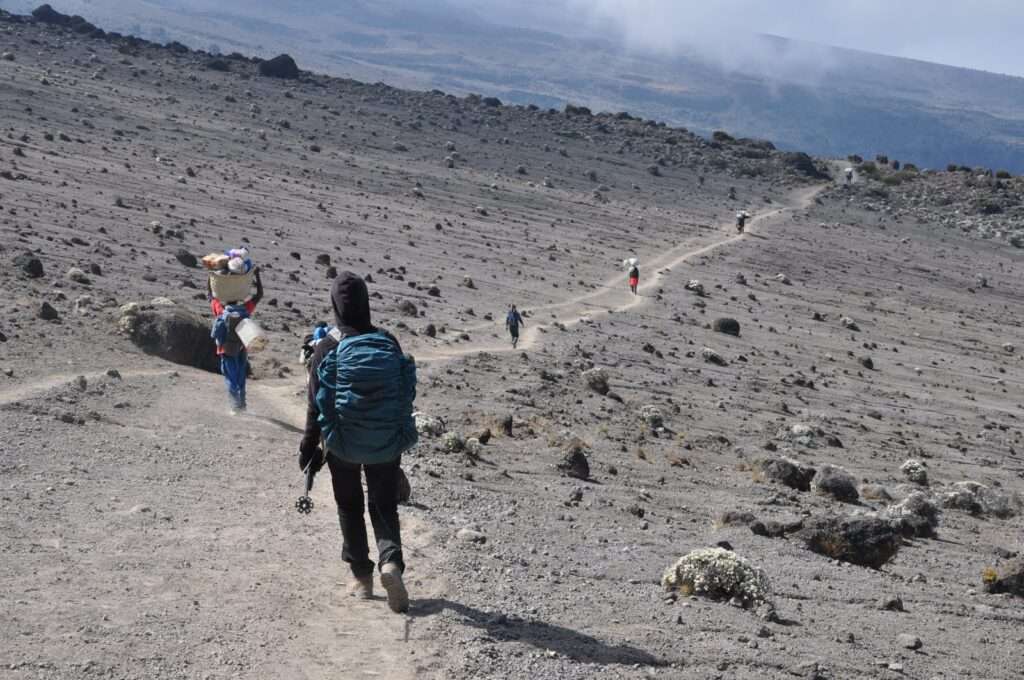
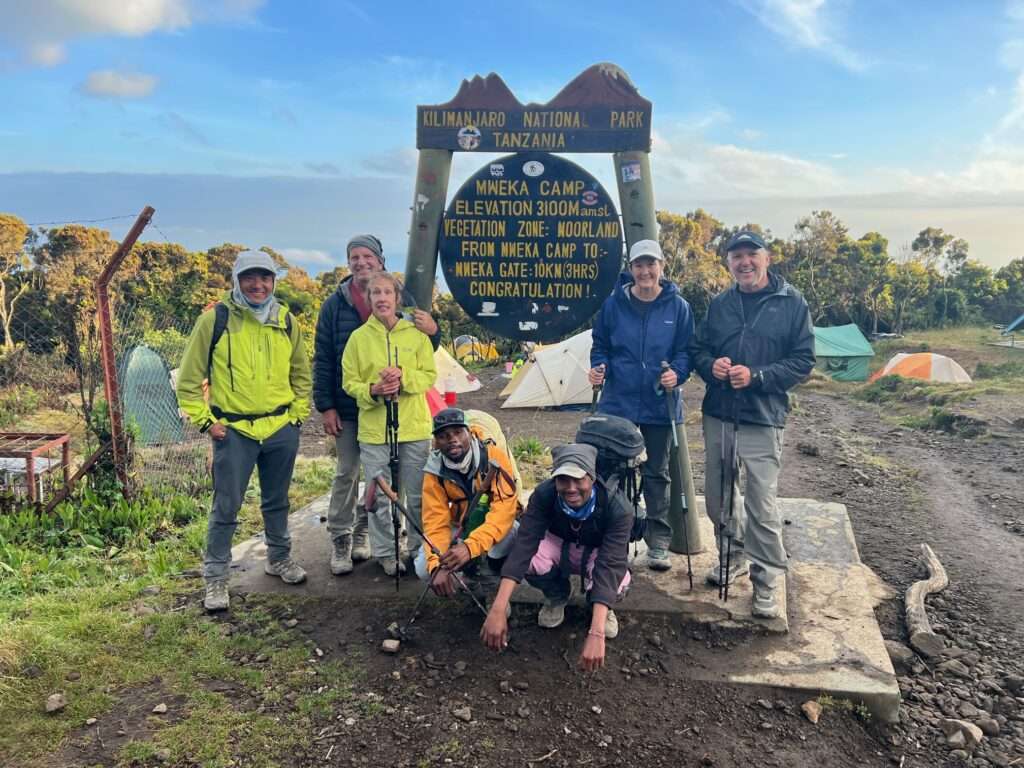
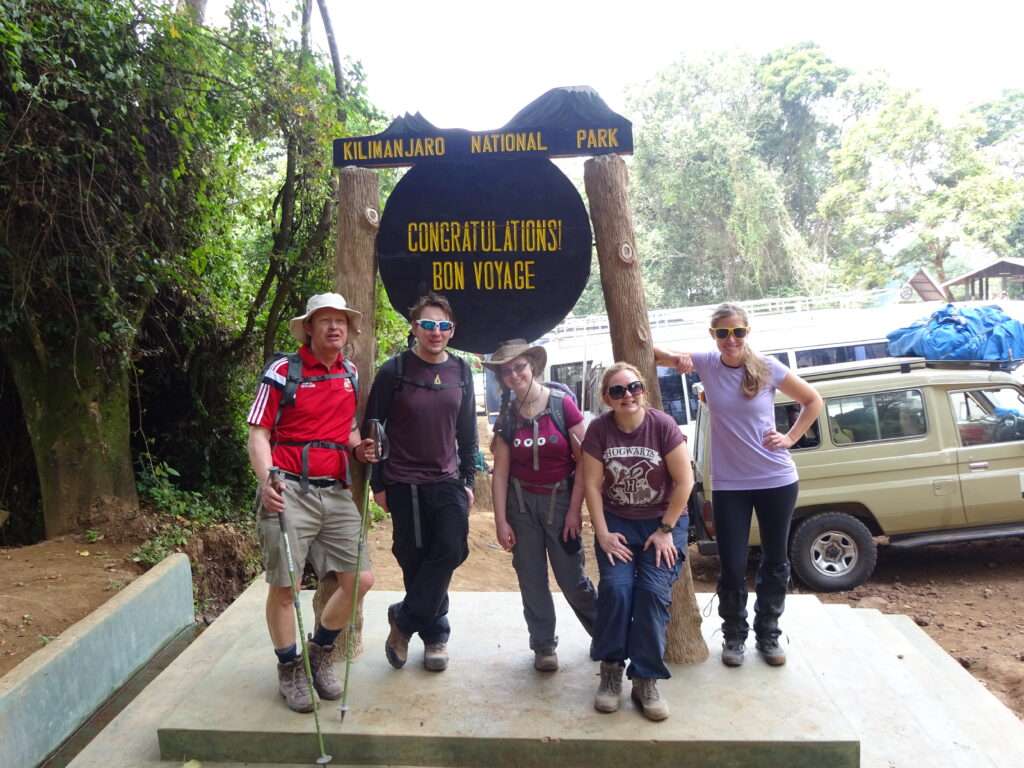
On the ninth and final day of the Kilimanjaro climb, students undergo a multifaceted learning experience as they descend from Mweka Camp to Mweka Gate, ultimately returning to Arusha. The descent through the lush rainforest not only offers a moment of introspection on the diverse ecosystems encountered during the ascent but also serves as an ecological classroom. Students gain insights into the delicate balance of ecosystems at different altitudes, reinforcing the interconnectedness of environmental elements and the significance of preserving biodiversity.
The ninth day of the Kilimanjaro climb serves as a profound conclusion to the educational adventure. As students descend through the lush rainforest, they witness the environmental changes at different altitudes, fostering a deep appreciation for the interconnectedness of ecosystems. This ecological journey prompts reflection on the global significance of environmental conservation, instilling a sense of responsibility for the preservation of diverse landscapes. The descent becomes a metaphor for the interconnectedness of the natural world, and students leave with a heightened environmental consciousness, poised to become advocates for sustainable practices in their own communities.
At Mweka Gate, the administrative procedures and the receipt of certificates of achievement become symbolic rites of passage. Beyond the tangible recognition, students internalize the value of acknowledging personal and collective accomplishments. The certificates serve as lasting reminders of the challenges surmounted, reinforcing the lesson that resilience and determination lead to tangible success.
The return journey to Arusha provides students with a platform for reflective discussions about the transformative aspects of the expedition. They delve into themes of personal growth, teamwork, and leadership, fostering a deeper understanding of the interpersonal dynamics that contributed to the group’s success. Expressing gratitude to the guides and support staff becomes an exercise in recognizing the importance of collaboration and appreciating diverse skills and contributions.
Upon returning to Arusha, students have the opportunity to engage in cultural exploration. This might involve visiting local markets, interacting with the community, and partaking in Tanzanian traditions. Such cultural immersion expands students’ global perspectives, cultivating a sense of openness to diverse experiences and a heightened appreciation for different ways of life.
In summary, the ninth day encapsulates the holistic educational journey of the Kilimanjaro climb for students. From ecological awareness to the significance of individual and collective achievements, and from reflections on personal growth to cultural immersion, this final day enriches students with a well-rounded set of lessons that extend beyond the mountain, shaping them into more conscientious, resilient, and culturally aware individuals.
Day 10: Departure Day
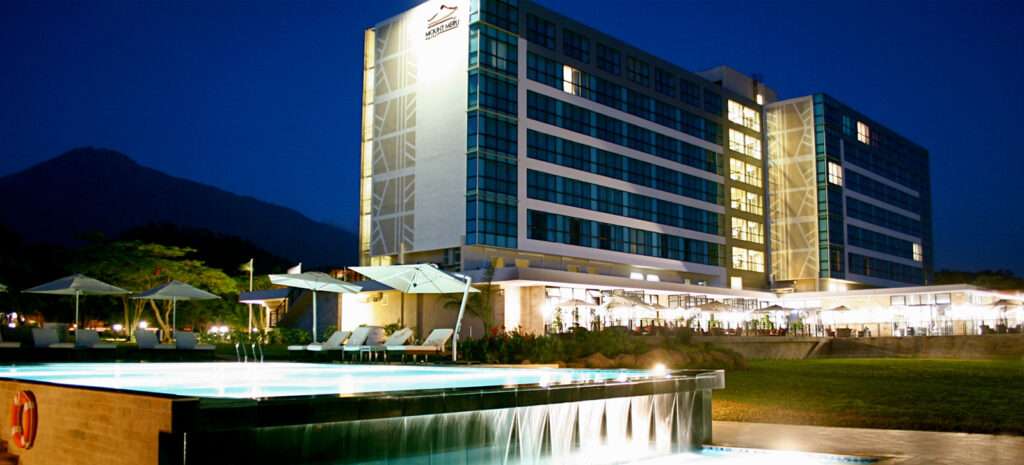
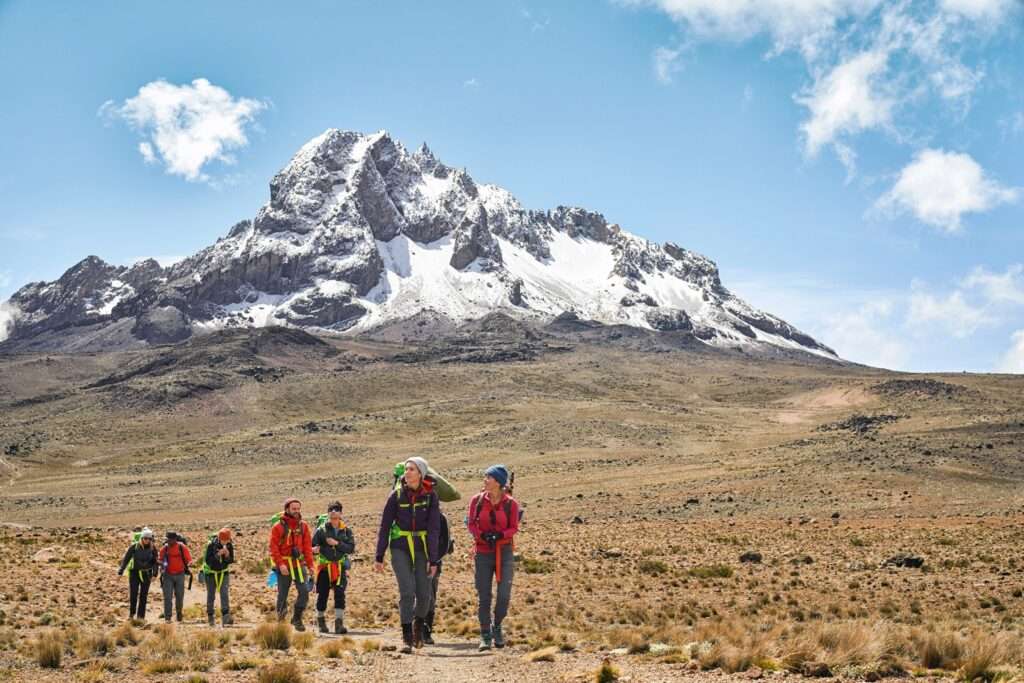
On the tenth and final day, known as Departure Day, participants bid farewell to the awe-inspiring landscapes of Tanzania and the memories forged during their Kilimanjaro climb. This day marks the conclusion of the transformative journey, and as participants prepare to depart, they carry with them a wealth of experiences and newfound perspectives.
The morning typically involves packing, exchanging contact information with newfound friends, and expressing gratitude to the guides and support staff who played an integral role in the success of the expedition. These farewells become poignant moments, emphasizing the bonds formed during the challenging climb and the collective achievement of reaching the summit.
As participants leave Arusha, they reflect on the personal and collective growth fostered by the Kilimanjaro climb. The experience serves as a metaphor for life’s challenges, reinforcing the resilience, determination, and teamwork needed to overcome obstacles. The lessons learned on the mountain extend into various facets of life, creating a lasting impact on the individuals who embarked on this remarkable journey.
Departure Day is not just the end of an adventure; it’s the beginning of a new chapter for each participant. The memories, lessons, and friendships forged during the Kilimanjaro climb will continue to resonate, shaping their perspectives, fostering a sense of accomplishment, and inspiring future endeavors. As participants board their flights homeward, they carry the spirit of Kilimanjaro with them, forever enriched by the challenges met and the heights attained on Africa’s highest peak.
Book Your Study Tour With Us
Embark on your educational journey with confidence – book your study tour with us and unlock a world of knowledge, experiences, and endless possibilities. Your path to academic enrichment begins here!

Unlock the doors to your next adventure! Book now and enjoy the journey with an exclusive 10% discount. Your story begins with a single click.
Why Book With Us
1. Expert Guidance
2. Curated Learning Experiences.
3. Safety and Security
4. Global Networking Opportunities
5. Cost-Effective Packages
